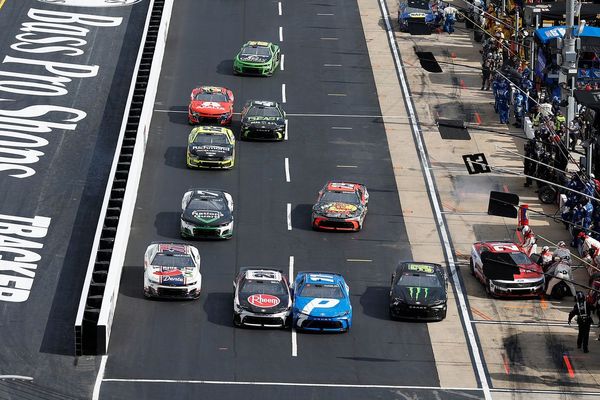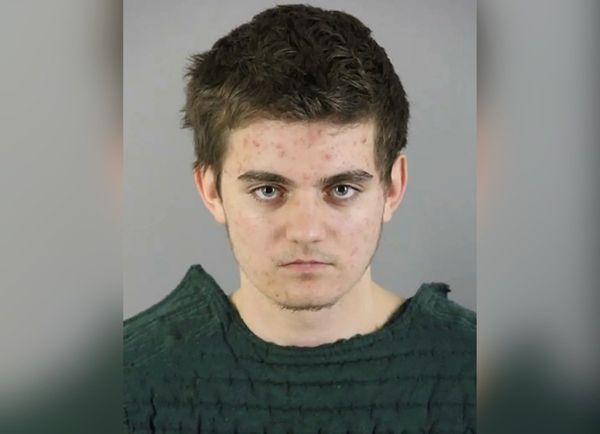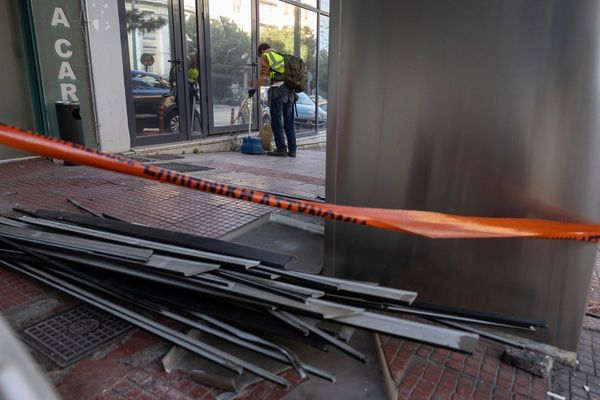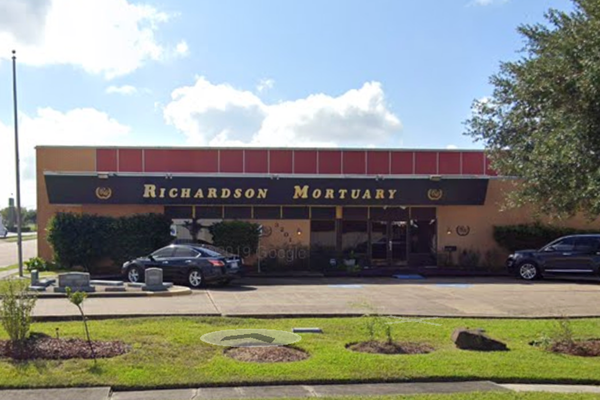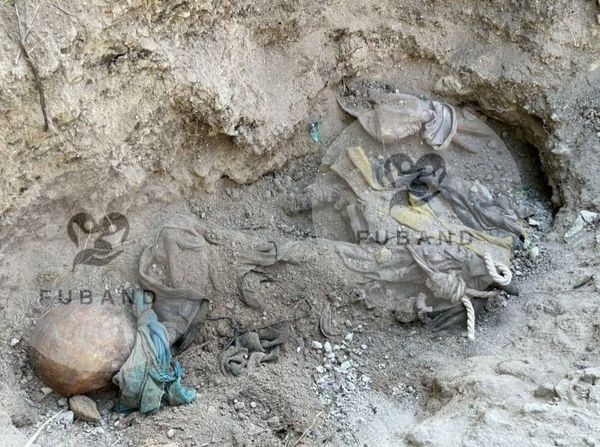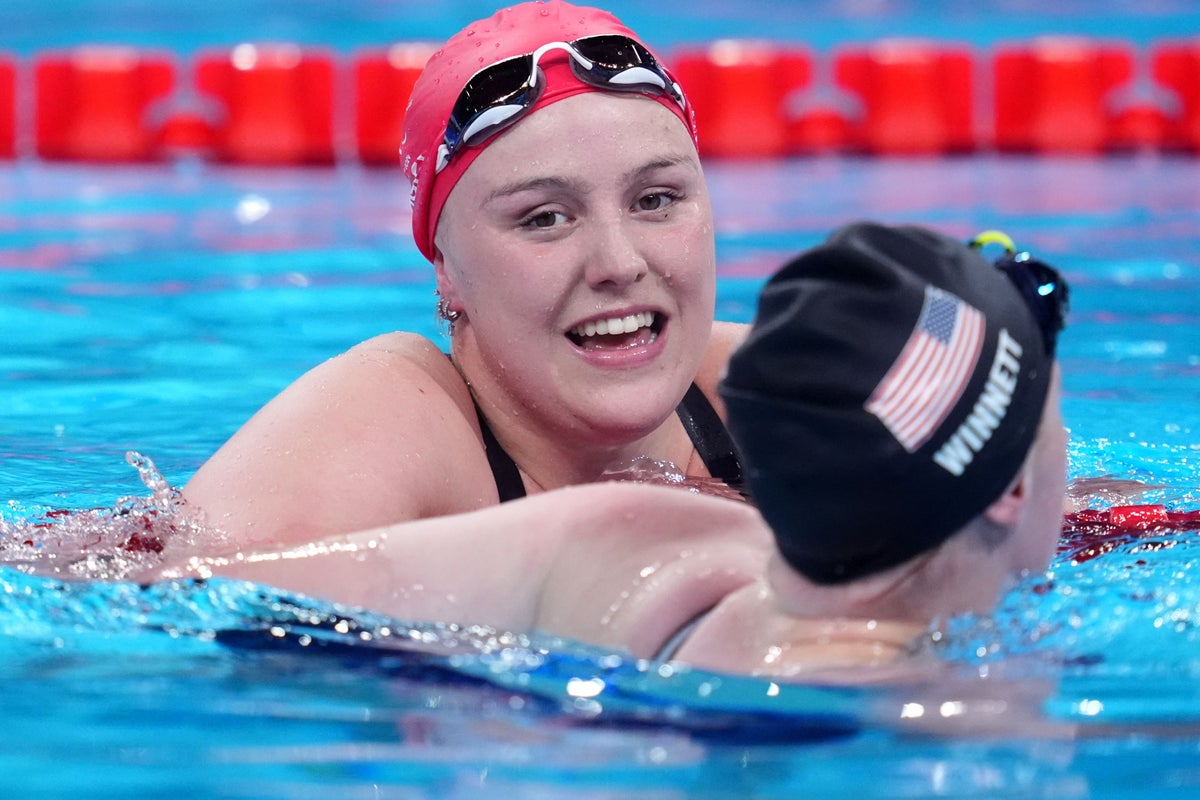
Support truly
independent journalism
There’s often an alternative reality at the Paralympics, a life-altering sliding doors moment in which all that was known is changed in an instant.
In a different world Faye Rogers would be back at home watching these Games on television, with an Olympic medal tucked safely away.
The 21-year-old competed in the Olympic trials three years ago but was injured in a car crash on her way to university almost exactly three years to the day. Her consultant said he could save her arm but not her swimming career - he was, thankfully, only half right.
Rogers was the quickest qualifier into the S10 100m butterfly final but needed to overhaul teammate Callie-Ann Warrington, the eventual silver medallist, in the final 50 metres, the race the highlight of another jumping night at the La Defense Arena.
“It’s almost exactly three years since my accident, so it’s a bit emotional,” said Rogers. “It’s a big full circle moment and I couldn’t be prouder of how far I’ve come.
“I couldn’t have asked for more from the last three years. Coming into para sport has been the best thing, I couldn’t be more grateful for this journey and I have learned so much about myself.
“There are always days it feels like it’s never going to get any better but it does. There’s always a way to adapt to stuff and overcome stuff. I’ve found over the last three years there’s nothing I can’t do; it might just look a little bit different.
“I could not have imagined this ever happening, it’s crazy and so cool. I’ve started getting messages off people in similar situations and it makes me so proud and grateful that my experiences are helping other people.”
Rogers is studying biochemistry at the University of Aberdeen, where she is coached by Patrick Miley, who guided the career of a daughter Hannah, a three-time Olympian and double world medallist.
She won this event on her international debut at last year’s World Championships in Manchester and has her sights now trained on Sophie Pascoe’s long-standing 1:02.60 world record, viewed as one of para swimming landmark bests.
Rogers was back swimming just three months after her accident, Miley - one of Britain’s most respected coaches - using the sport first as therapy and rehabilitation. She now struggles with movement on the right-hand side of her body, her coach needing to design a training programme that taught her how to balance again in the water.
“I met Patrick before my accident and I was so excited about moving to Aberdeen to train with him,” added Rogers.
“Hannah was one of my heroes in the British swimming team, I loved the way she was nicknamed Smiley and just how much she seemed to love the sport, I was starstruck really.
“Swimming is my life and when I thought that would be taken away from me it was very hard to deal with. Initially I wanted to get back on the Olympic pathway but it was Patrick that started talking about this Paralympics.
“He has been absolutely amazing, he’s supported me every step of the way and my training partner Toni Shaw has been incredible too, I definitely wouldn’t be here without her, she’s just my rock.
“I don’t think I’d have coped without swimming; the sport has been a life saver after my accident. It’s turned the worst time of my life into such a positive.”
Meanwhile, team-mate Callie-Ann Warrington insisted she had Rogers in her sights after a big personal best swim, the signs of an encouraging domestic though friendly rivalry in the build-up to Los Angeles.
“To be able to race against Faye is just everything,” she said.
“We have been saying to each other the last couple of months ‘come on, we can get the one-two’. It was lovely to have her next to me. We are very good friends until we get to the blocks, then we are competitors.”
National Lottery players raise more than £30million a week for Good Causes including vital funding into sport – from grassroots to elite. To find out more visit: www.lotterygoodcauses.org.uk

